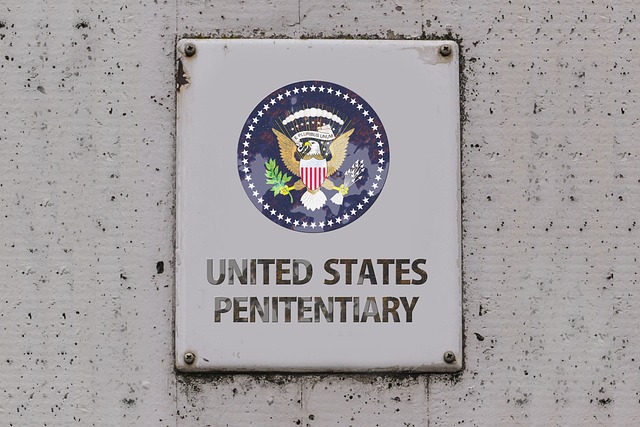Community service, focusing on vehicle safety awareness, is a powerful tool in DUI sentence mitigation. By engaging offenders in tasks like road clean-up or educational campaigns, they gain firsthand experience of impaired driving's impact. This approach complements modern vehicles' Advanced Driver-Assistance Systems (ADAS), emphasizing that technology alone cannot prevent all accidents caused by drunk driving. Community service initiatives promote restorative justice, rehabilitation, and reconciliation, strengthening communities while holding offenders accountable. These programs use vehicle safety feature education to reduce recidivism, foster positive community relationships, and align with DUI law principles of education, prevention, and rehabilitation.
Community Service as a form of redemption for those convicted of DUI is gaining traction. This article explores how community service sentences, coupled with an understanding of stringent DUI laws, can foster personal growth and strengthen communities. We delve into the transformative power of restorative justice approaches and uncover the unexpected role that vehicle safety features play in these redemption stories. By integrating cutting-edge technology and community involvement, we can create a safer, more compassionate society.
- Understanding the Impact of DUI Laws and Community Service Sentences
- How Vehicle Safety Features Can Play a Role in Redemption Stories
- Building Stronger Communities through Restorative Justice Approaches
Understanding the Impact of DUI Laws and Community Service Sentences

Community service is often a part of sentences for those convicted of Driving Under the Influence (DUI), serving as a means to make amends and promote vehicle safety. This approach leverages the offender’s time and energy to benefit the community, directly addressing the harm caused by impaired driving. By engaging in tasks like road clean-up or awareness campaigns, individuals can gain a deeper understanding of the impact of their actions.
The integration of community service in DUI cases highlights the broader implications of such laws. Modern vehicles are equipped with advanced safety features designed to prevent accidents and protect occupants, but these technologies cannot mitigate the potential devastation caused by drunk or impaired driving. Community service sentences reinforce the importance of responsible behavior behind the wheel and educate offenders about the far-reaching consequences—both seen and unseen—of violating DUI laws.
How Vehicle Safety Features Can Play a Role in Redemption Stories

In the context of community service as a path to redemption, vehicle safety features emerge as powerful tools that can significantly impact individuals who have fallen victim to reckless driving or DUI (drunk driving under influence) laws. These safety technologies are not just passive components in modern vehicles; they actively contribute to creating a narrative of personal growth and accountability. Advanced driver-assistance systems (ADAS), such as automatic emergency braking, lane departure warnings, and adaptive cruise control, play a pivotal role in preventing accidents, thereby reducing the chances of individuals reoffending.
By integrating these vehicle safety features into their community service requirements, courts can encourage offenders to take responsibility for their actions while also promoting public safety. For instance, a convicted DUI offender could be tasked with participating in awareness campaigns about drunk driving or assisting in local traffic safety initiatives. This hands-on approach not only educates the individual but also fosters a sense of purpose and redemption, potentially leading to long-term behavior change.
Building Stronger Communities through Restorative Justice Approaches

Community service plays a pivotal role in fostering stronger, more resilient communities through restorative justice approaches. By focusing on rehabilitation and reconciliation rather than solely punishment, community service initiatives create an environment where individuals take responsibility for their actions while building positive relationships with their neighbors. This shift from punitive measures to restorative practices promotes a culture of healing and understanding, breaking down the barriers that often isolate and divide communities.
Imagine a scenario where a young person involved in a DUI incident is given the opportunity to perform community service focused on raising awareness about vehicle safety features. Not only does this approach hold the individual accountable for their actions, but it also empowers them to contribute positively to society. Through hands-on engagement with local communities, participants gain valuable insights into the impact of their choices and develop a deeper sense of civic responsibility. This holistic approach aligns well with DUI law principles, emphasizing education, prevention, and rehabilitation as key strategies in reducing recidivism rates while building safer, more connected neighborhoods.
Community service, often mandated as part of DUI sentences, offers a powerful path to redemption. By combining this with the proactive integration of vehicle safety features, we can foster not only safer roads but also stronger, more resilient communities. Restorative justice approaches, focusing on understanding the impact of actions and promoting accountability, further enhance this process. Embracing these strategies enables us to transform legal consequences into opportunities for growth, fostering a culture where responsible choices lead to vibrant, safe neighborhoods.






